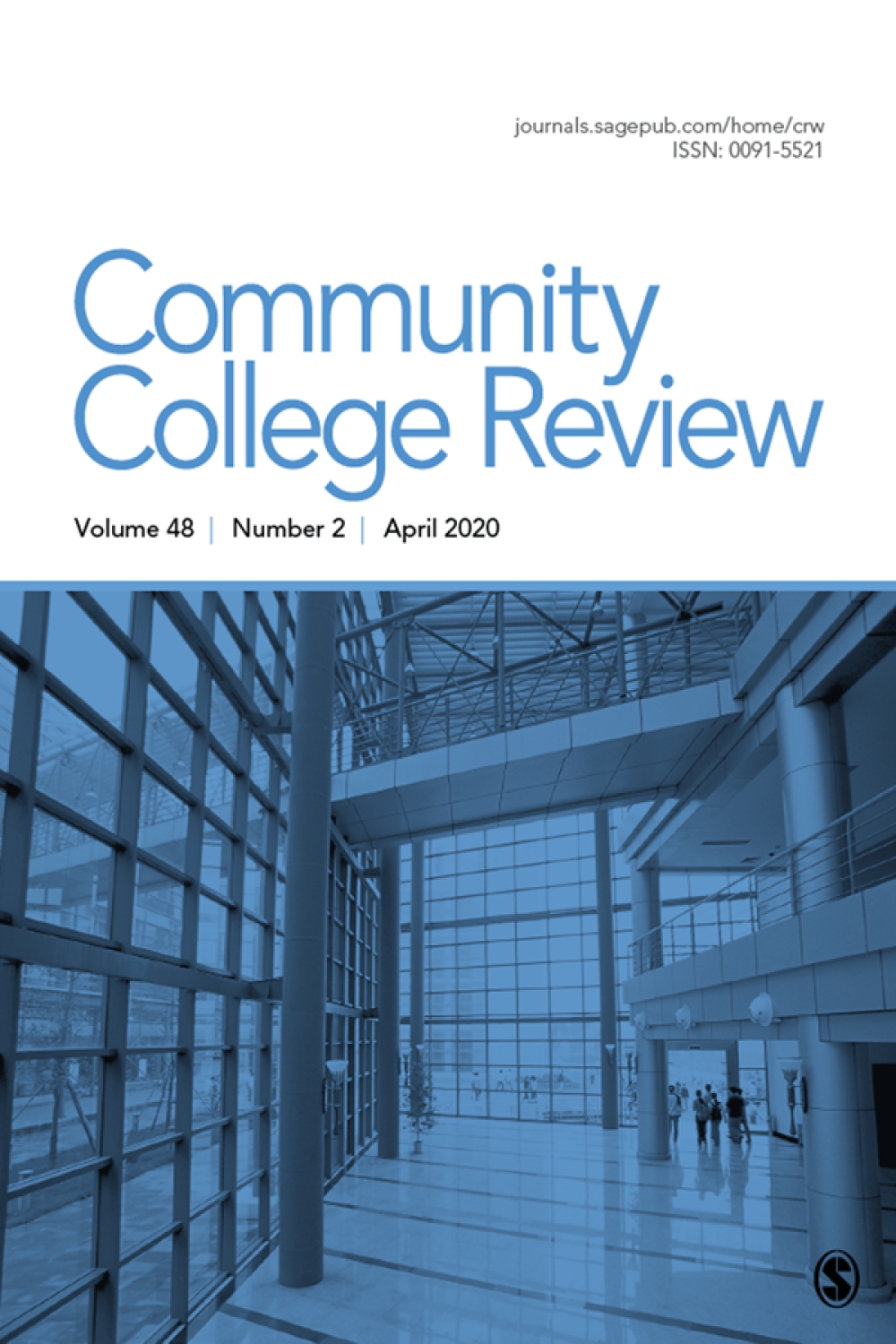
This CAPSEE working paper examines the labor market gains for students who enrolled at for-profit colleges after beginning their postsecondary education in community college. The authors use student-level administrative record data from college transcripts, Unemployment Insurance earnings data, and progression data from the National Student Clearinghouse across full entry cohorts of community college students in two statewide systems between 2001 and 2006. They calculate the wage gains to attainment across different student transfer patterns.
The results show significant wage penalties to transfer to a for-profit college instead of a public or private nonprofit college. This earnings gap between higher education sectors is consistent but varies in size across subsamples of students. Importantly, it is only identifiable with a sufficient time window across which enrollment and earnings data are available. Students in for-profit colleges have lower opportunity costs in terms of forgone earnings while enrolled in college, but these do not sufficiently compensate for lower earnings growth post-college.
A version of this paper appears in the Community College Review.
